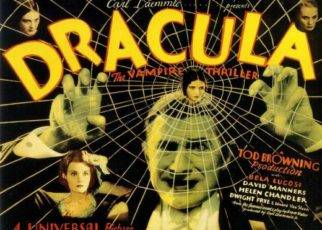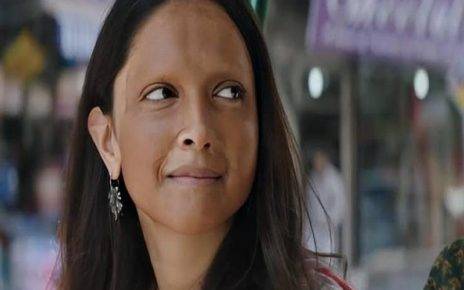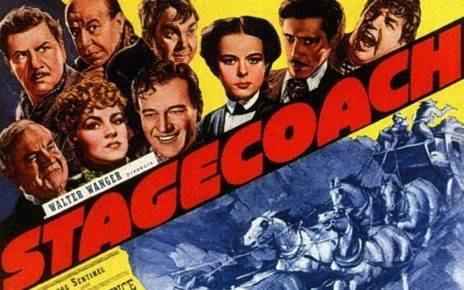As America waded through the tumultuous times of the Vietnam War, horror films took a closer look at the evil that ordinary men do. Man had become the monster. In 1974, Tobe Hooper’s The Texas Chainsaw Massacre shocked audiences, introducing them to Leatherface and his cannibalistic family. The chainsaw-swinging Leatherface would continue his reign of terror through five more films.
The roots of the modern “slasher film” could be traced back to maestro of suspense Alfred Hitchcock’s 1960 masterpiece, Psycho. Adapted from the Robert Bloch novel, which in turn was inspired by real life serial killer Ed Gein (who also served as inspiration for Texas Chainsaw). Psycho’s Norman Bates (played by Anthony Perkins) would return in three sequels and one remake.
But it was in1978 when the genre was perfected with John Carpenter’s Halloween. Originally conceived as a simple low-budget “killer terrorizes babysitter” thriller, Carpenter infused the project with a force of pure mythological malevolence – the silent masked killer Michael Myers. Myers, originally referred to merely as “The Shape,” became so popular with audiences that when Halloween 3 was released in 1982, audiences rejected the Myer-less plot, forcing filmmakers to resurrect the killer for subsequent sequels. By 2002, the Halloween series reached eight instalments, and was later remade as Rob Zombie’s Halloween (2007).
Michael Myers prompted a host of imitators over the next decade, few of which achieved similar success. Friday the 13th featured the hockey mask-clad Jason Voorhees, who would cut a swathe through Camp Crystal Lake in eleven films, including a 2008 remake. Wes Craven’s A Nightmare on Elm Street introduced Freddy Krueger – a child murder burned to death by the parents of his victims, only to return to torment teenagers through their dreams. Krueger became a pop culture icon, starring in eight films (including a crossover with Voorhees in 2003’s Freddy vs Jason), hosting his own television show, Freddy’s Nightmares, and even occasionally popping up as an MTV VJ.
Horror antagonists such as Hellraiser’s demonic Pinhead, the Leprechaun, and Child’s Play’s killer doll Chucky achieved varying degrees of success, prompting numerous sequels. Few true icons have emerged from horror in recent years; though some, like the trapmaster Jigsaw of the ongoing Saw franchise, have reached similar popularity to past monsters.
As long as horror films exist, so too will movie monsters. What exactly makes a memorable movie monster is something intangible. Few filmmakers can tap into the zeitgeist of the audience and translate it into a character that thrills, chills, and keeps you up at night.





